Top 5 Tips for Stretching for Runners
As a runner, incorporating a regular stretching routine into your training can significantly improve performance, reduce the risk of injury, and promote overall flexibility and mobility. Here are the top 5 tips for effective stretching for runners:
1. Dynamic Warm-Up
Prior to a run, opt for dynamic stretching to prepare the muscles for the workout ahead. Dynamic stretches involve continuous movement through a full range of motion and help to increase blood flow, raise body temperature, and activate key muscle groups. Include exercises like leg swings, walking lunges, and high knees to prime your body for the run.
2. Post-Run Static Stretches
After completing a run, engage in static stretching to target specific muscle groups and promote flexibility. Focus on areas such as the hamstrings, quadriceps, calves, and hips. Hold each stretch for 20-30 seconds without bouncing, allowing the muscles to relax and elongate gradually. This can aid in reducing muscle tightness and soreness post-run.
3. Consistency Is Key
Incorporate stretching into your daily routine, not just on running days. This consistency can help prevent muscle imbalances and maintain overall flexibility, leading to improved running performance and a decreased likelihood of injury.
4. Avoid Overstretching
While it's essential to stretch regularly, avoid overstretching as it can lead to muscle strain or injury. Focus on achieving a gentle stretch without pushing your body beyond its limits. Listen to your body's signals and never force a stretch.
5. Incorporate Yoga or Pilates
Consider integrating yoga or Pilates into your training regimen to further enhance flexibility, balance, and core strength. Both disciplines offer a wide range of stretching exercises that can benefit runners by targeting multiple muscle groups and promoting overall body awareness.
By incorporating these stretching tips into your running routine, you can help promote flexibility, reduce the risk of injury, and improve overall performance.
Remember, always consult with a professional if you have any existing injuries or concerns to ensure that your stretching routine aligns with your specific needs and physical condition.

